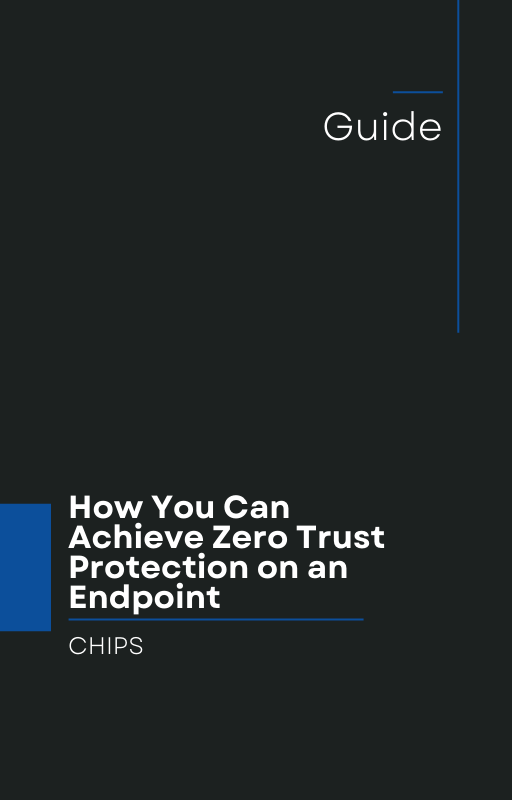In a sobering reminder of how exposed many companies remain to cyber extortion, a recent report shows that 58% of retailers whose data was encrypted paid the ransom to recover. Bizcommunity+2SOPHOS+2 According to the Sophos State of Ransomware in Retail 2025 (as reported by Bizcommunity), this is the second-highest payment rate in five years.
This dramatically highlights a hard truth: even with growing awareness of cyber threats, too many organizations still rely on the risky strategy of “pay to recover.”
What the Report Reveals
Here are some of the key insights from the Sophos report, according to Bizcommunity:
-
Blind Spots Are Everywhere
-
Known Vulnerabilities Still Exploited
-
Ransom Payments Are Skyrocketing
-
Encryption Rates Are Dropping, But Risk Is Still High
-
Recovery Is Getting Cheaper—But the Damage Is Real
-
Internal Limitations Are Holding Companies Back
Why So Many Retailers Are Paying—and Why That’s a Risky Bet
Paying a ransom may look like the only viable option when critical systems are locked down, but it carries serious risks:
-
It funds criminal activity. Every payment encourages more attacks.
-
No guarantee of full recovery. Some victims still don’t recover all their data, or find that data has been stolen or published.
-
It doesn’t solve the root problem. The same vulnerabilities may be exploited again if underlying security gaps remain.
In short: relying on “Detect and Respond” — where you hope to catch attacks early, stop them, or clean up afterward — is no longer enough.
Isolation and Containment: A Better Defense Strategy
So, what’s the alternative?
Rather than waiting to detect threats, security needs to contain them the moment they arise.
This is where AppGuard comes in. Unlike traditional antivirus or EDR solutions that focus on detection, AppGuard uses isolation and containment to prevent malicious or unknown code from executing in the first place. With a 10-year proven track record, AppGuard has defended some of the most critical systems in government and enterprise—now it’s available for commercial use.
Here’s how it helps:
-
When ransomware tries to run, AppGuard isolates it, preventing the malware from taking control.
-
By containing execution, it reduces the attacker’s ability to encrypt data, exfiltrate files, or spread laterally.
-
This approach eliminates entire classes of attacks without waiting for them to be detected or signatures to be updated.
In effect, AppGuard removes the “pay or pray” gamble that so many businesses are stuck making today.
What Business Owners Should Do Now
-
Reconsider your security model. Shift from a reactive “detect and respond” mindset to a proactive containment strategy.
-
Invest in endpoint protection that isolates threats. Traditional tools may not be enough against modern ransomware.
-
Build in continuous visibility. Unknown gaps are the top operational risk for retailers.
-
Plan for recovery—but don’t count on payment alone. Assume that attackers may demand high ransoms, and that paying doesn’t guarantee full recovery.
Call to Action: Talk to Us at CHIPS About AppGuard
If you’re a business owner (especially in retail) who’s worried about ransomware—not just from the cost of paying, but from the lasting damage of an attack—we at CHIPS want to help. AppGuard is the endpoint protection solution that brings you isolation and containment, not just detection.
Don’t wait until you’re faced with a crippling ransom demand. Talk to us today about how AppGuard can:
-
Stop ransomware before it encrypts your data
-
Contain attacks regardless of their origin
-
Give you real resilience without relying solely on backups or paying off attackers
Let’s build a defense strategy that puts you back in control. Contact CHIPS now—and move your business from “detect and respond” to isolation and containment.
Like this article? Please share it with others!

November 18, 2025

Comments